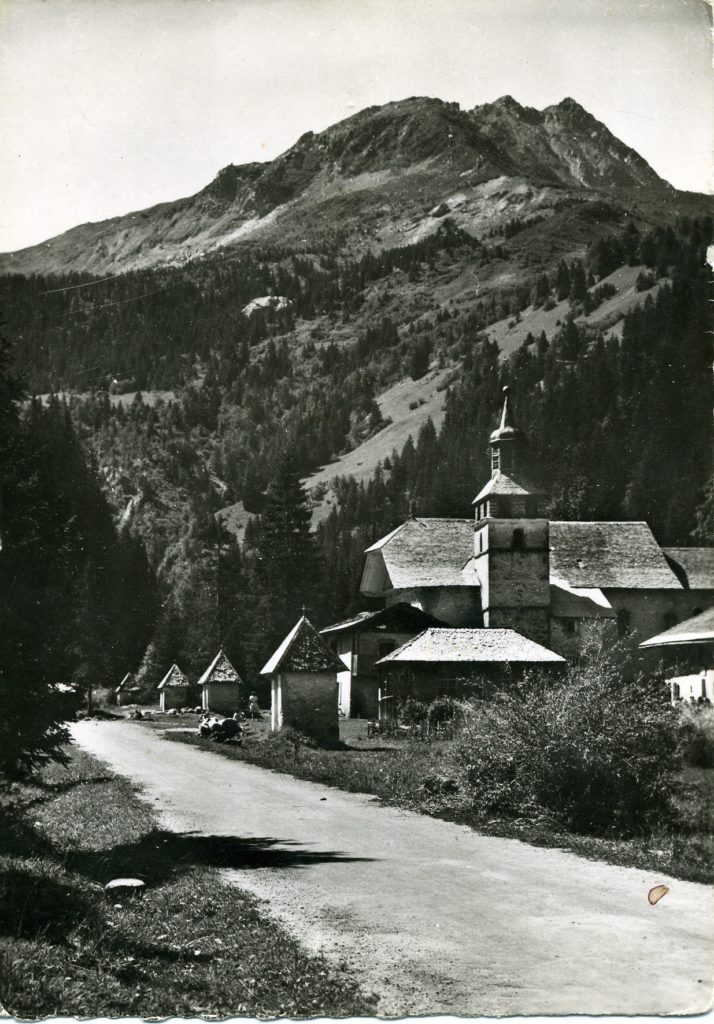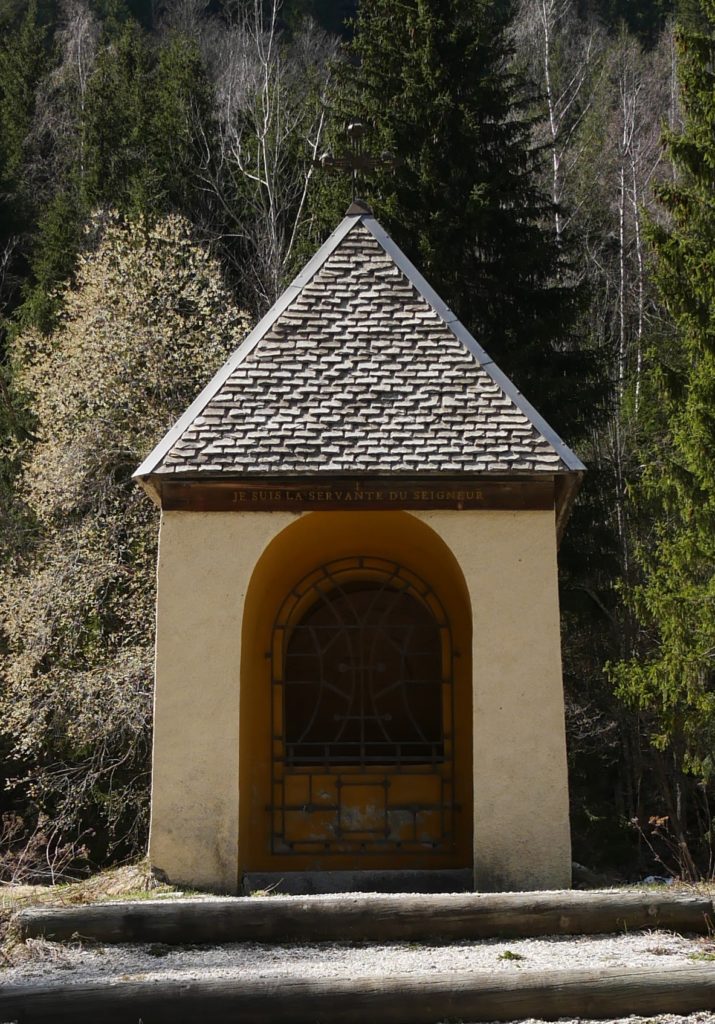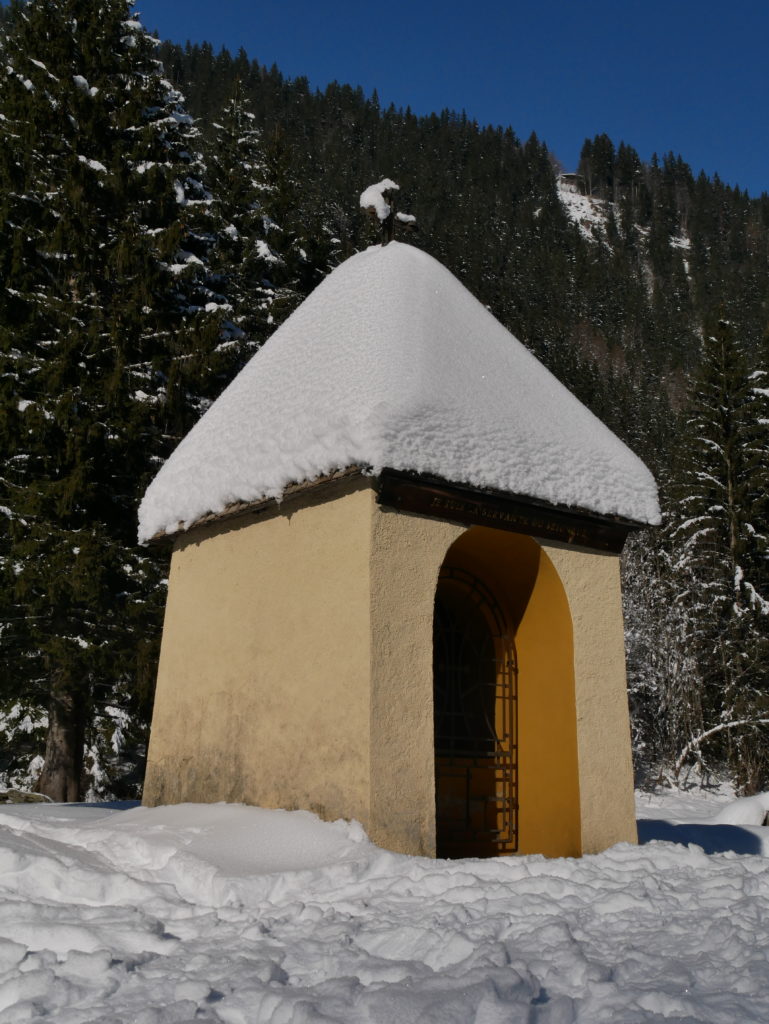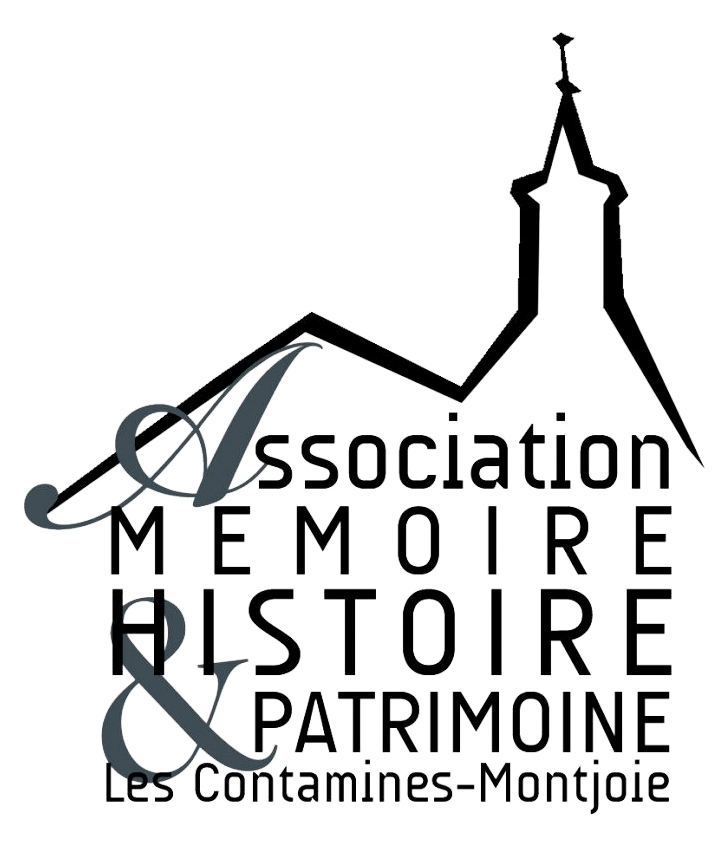The Rosary of Notre-Dame de la Gorge
CATEGORIE : Oratoires & chapelles

Created in 1728 by Preacher C. Gaillard, priest of Notre-Dame de la Gorge, the Rosary is made of 14 oratories along the path that leads to the church.


A Rosary is a prayer as well as a meditation on the key moments of Jesus Christ’s and his mother’s, the Virgin Mary, life.
In 1840, Monseigneur Rey, bishop of Annecy, bequeathed the belongings of Notre-Dame de la Gorge to the Fathers of Saint Francis de Sales. The Rosary then became a Stations of the Cross.
A restoration of heritage began in 1976-1978, giving back to these oratories their role of Rosary.
Pierre Maître, artistic director at the earthenware factory of Gien, drew the wrought iron grates and the crosses of the 14 oratories. He created and depicted the scenes of the Rosary: each stoneware bas-relief represents the scene of the Gospel written on the wooden band placed on the pediment.


The number of the oratory, in Roman numbers, can be seen on the band and on the cobblestones.

The artist has represented each Mystery by a specific grid.
The first 5 oratories are dedicated to the Joyful Mysteries: the Annunciation, the Visitation, the Birth of Jesus, the Presentation in the Temple and Jesus surrounded by the Doctors of the Law.

Grids: The rhythms of joy rise to the sky, the top of the grids resembles the arms of men singing their joy, their exaltation for Jesus’s birth.
The next 5 oratories are dedicated to the Sorrowful Mysteries: the Garden of Olives, the Flogging, the Crowning of Thorns, the Stations of Cross and the Crucifixion.

Grids: The celestial triangle with the tip at the top, Salomon’s sigil with the solar eye at the centre of the loop of the P. The axis of the World is represented by the vertical bar of the P and God is in its centre, at the centre of the universe that is hanging to the six tips of the star.
The last 5 oratories are dedicated to the Glorious Mysteries: Christ’s Resurrection, the Ascension, Pentecost, the Assumption of Mary and her coronation (the latter is in the church).

Grids: Rhythms that sing, the circle represents the fullness of Glory, the waves above and under depict the song, as arms that move at the sound of the voice.


